Diese Website verwendet Cookies, damit wir dir die bestmögliche Benutzererfahrung bieten können. Cookie-Informationen werden in deinem Browser gespeichert und führen Funktionen aus, wie das Wiedererkennen von dir, wenn du auf unsere Website zurückkehrst, und hilft unserem Team zu verstehen, welche Abschnitte der Website für dich am interessantesten und nützlichsten sind.
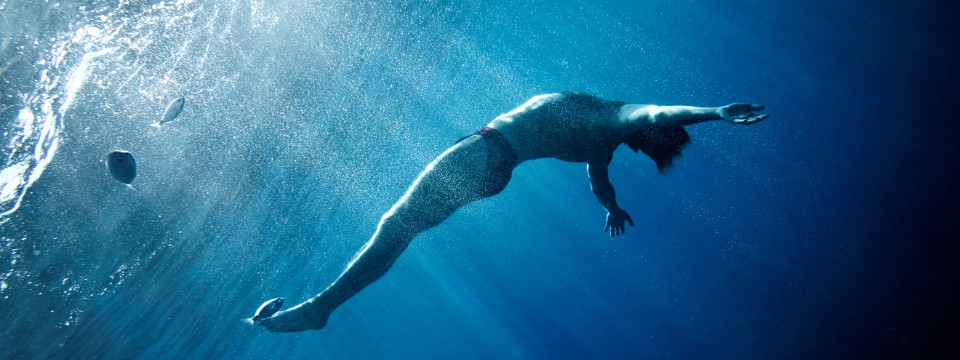

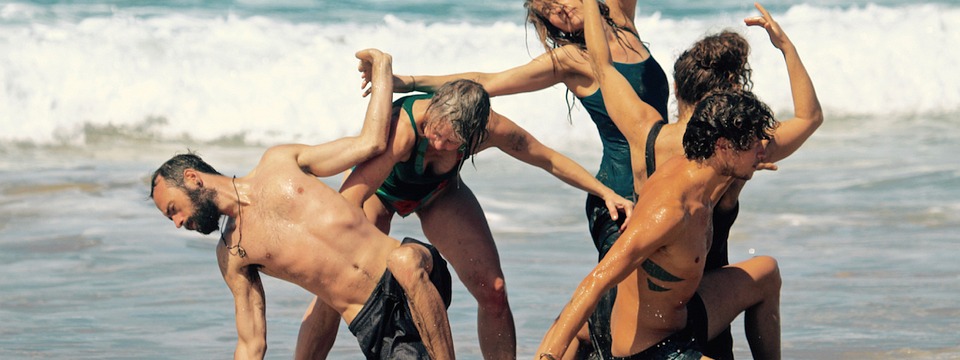
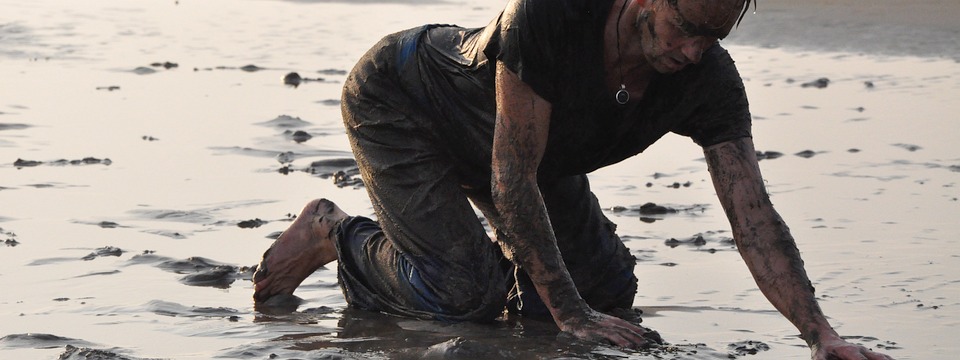
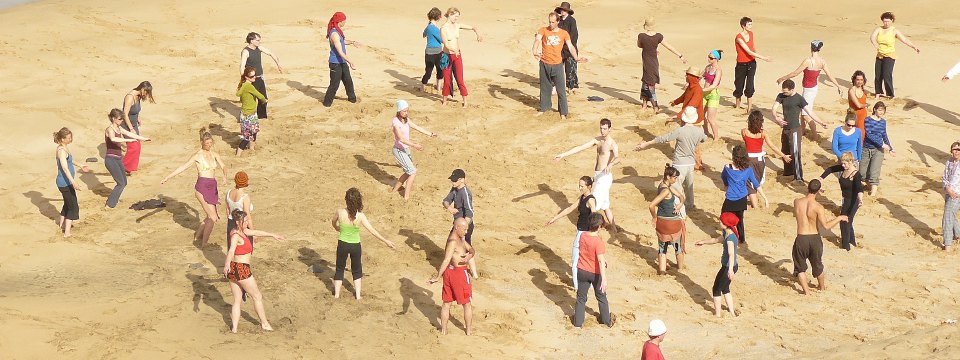
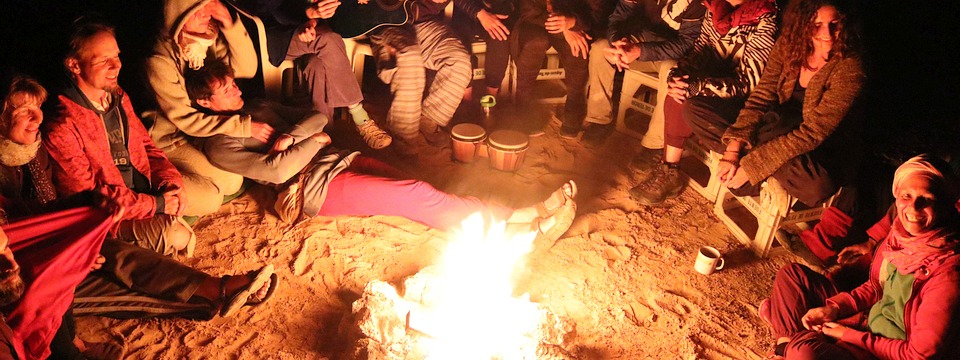
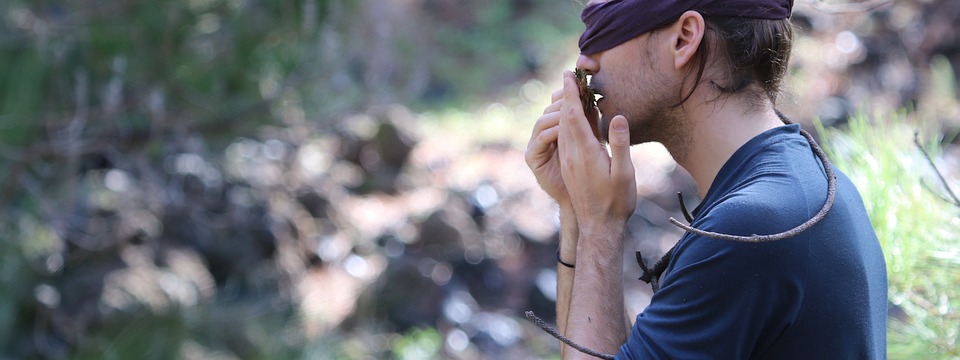

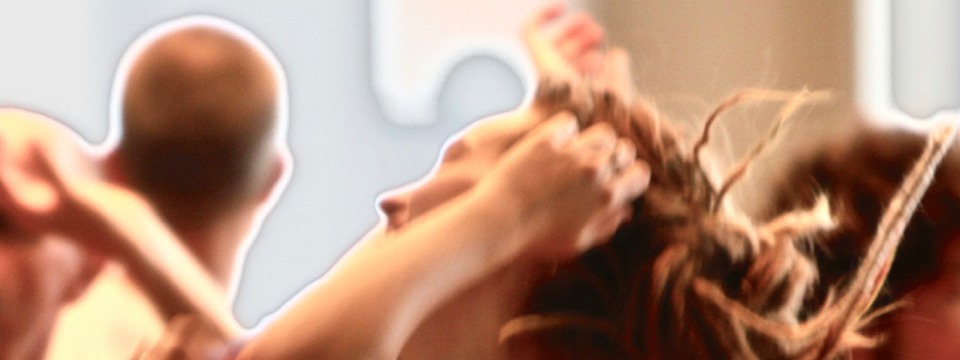
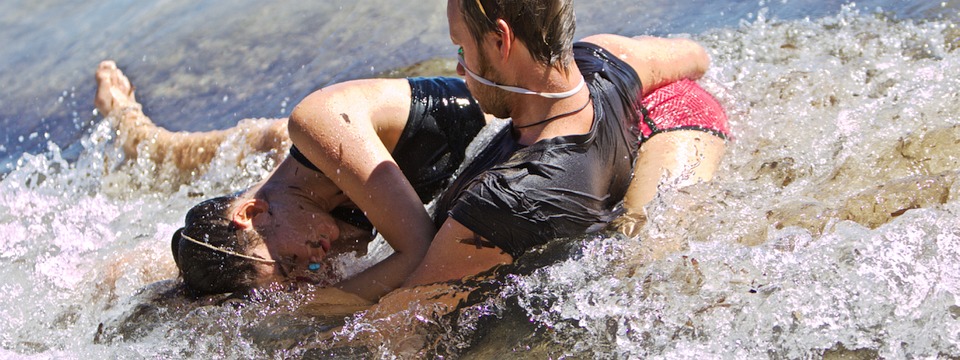

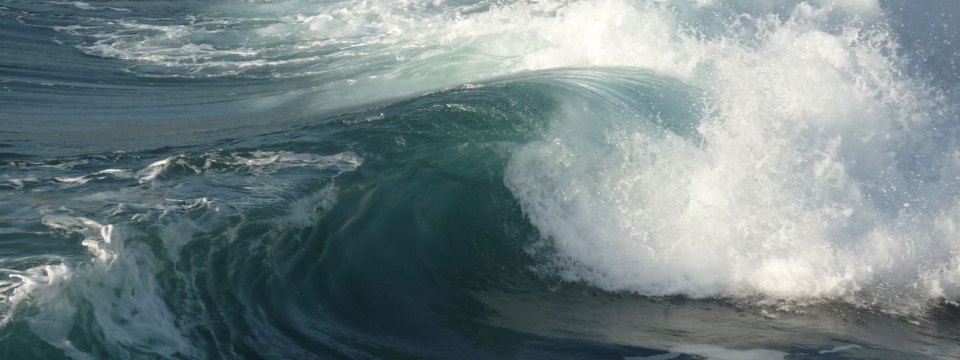
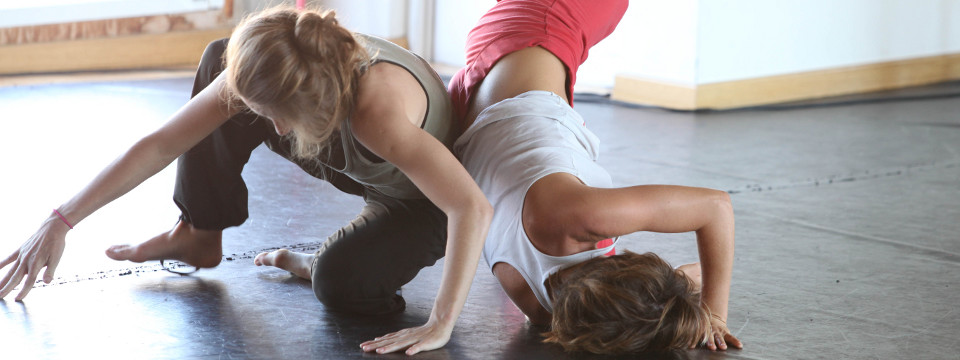
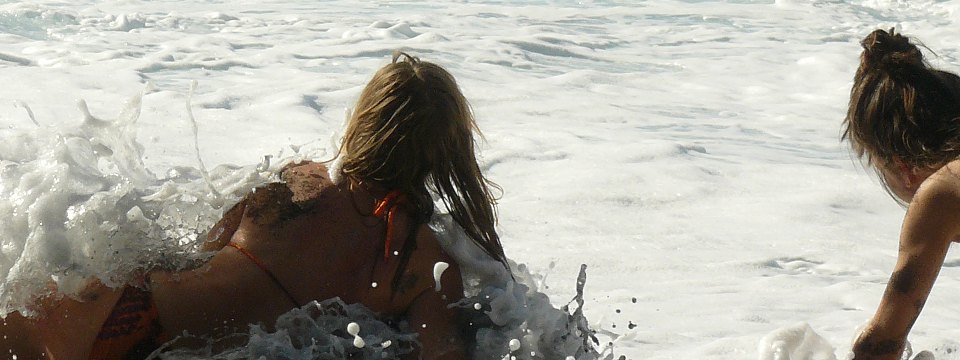
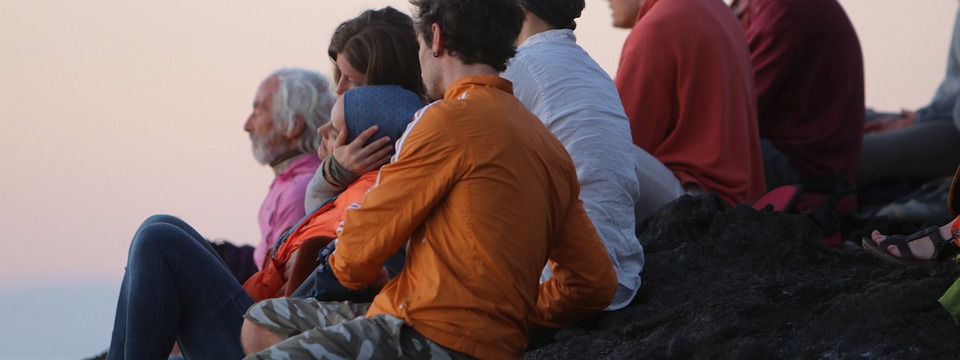
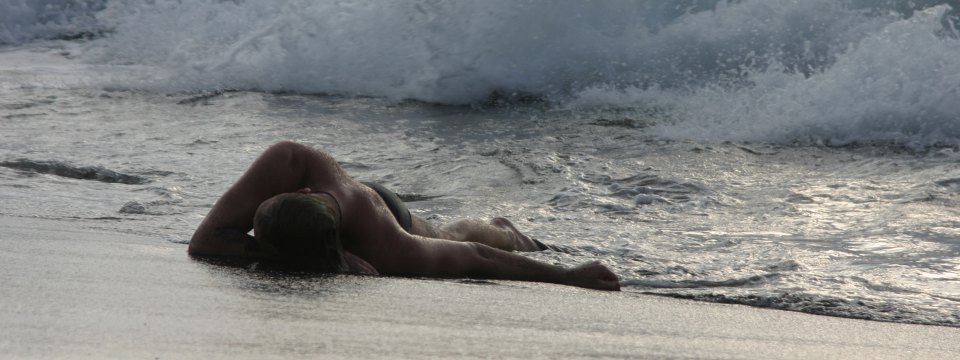
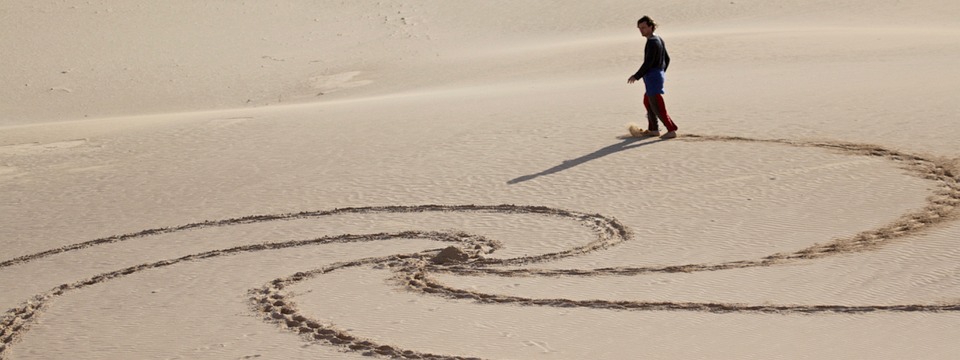
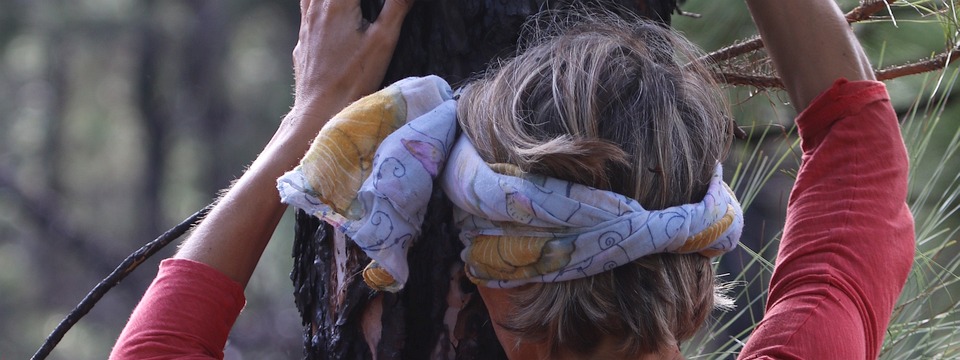
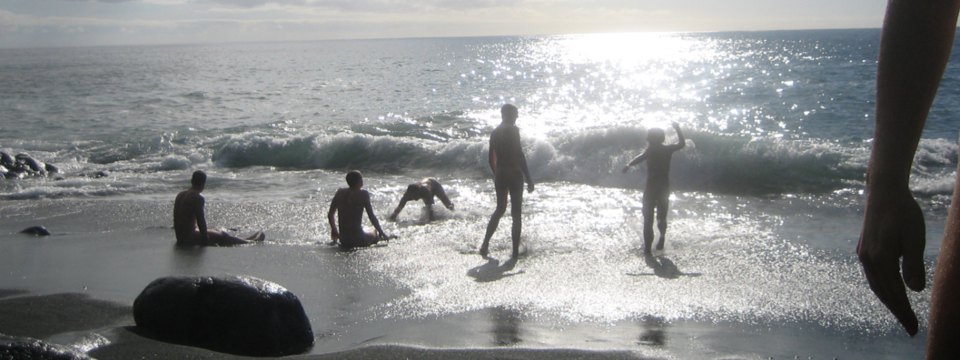
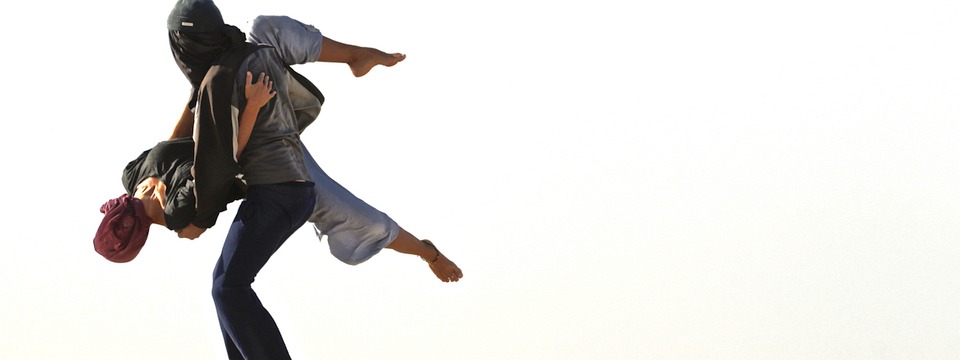
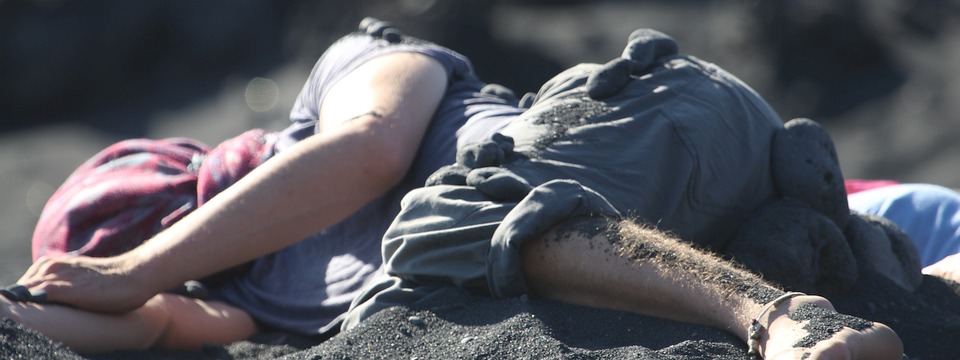
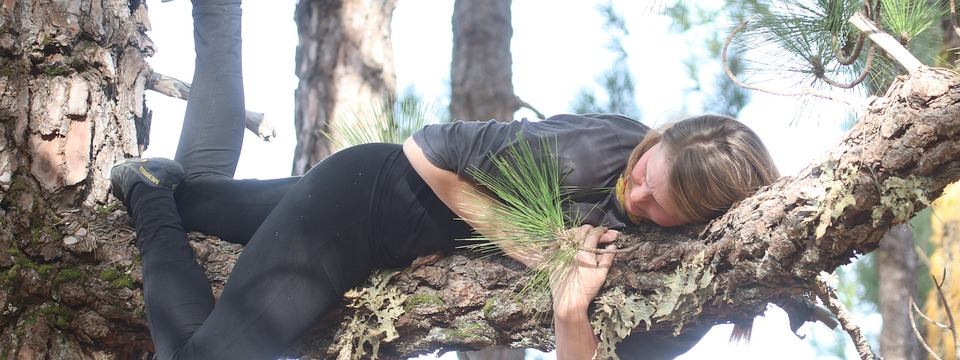
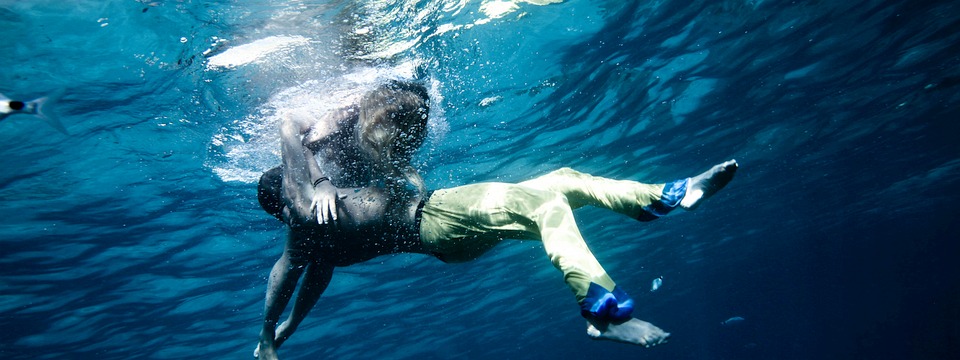
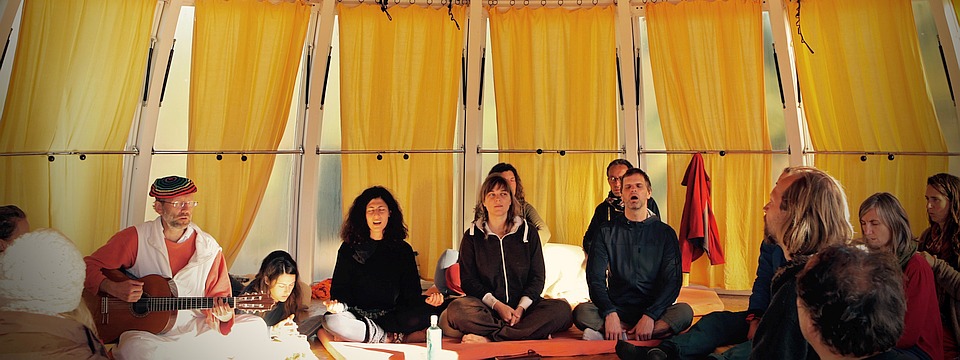
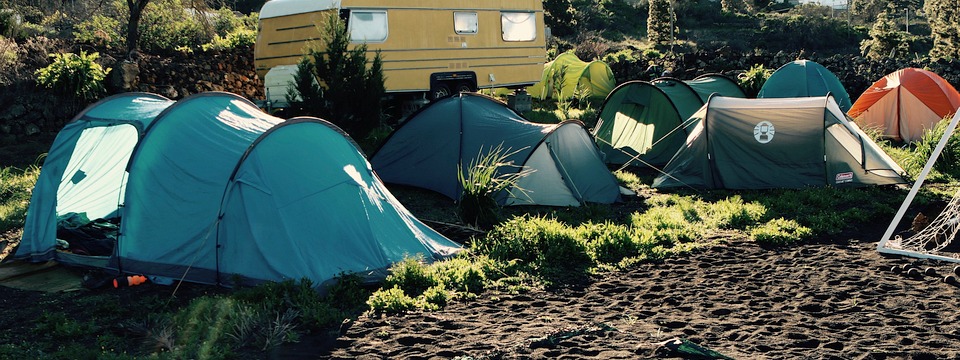
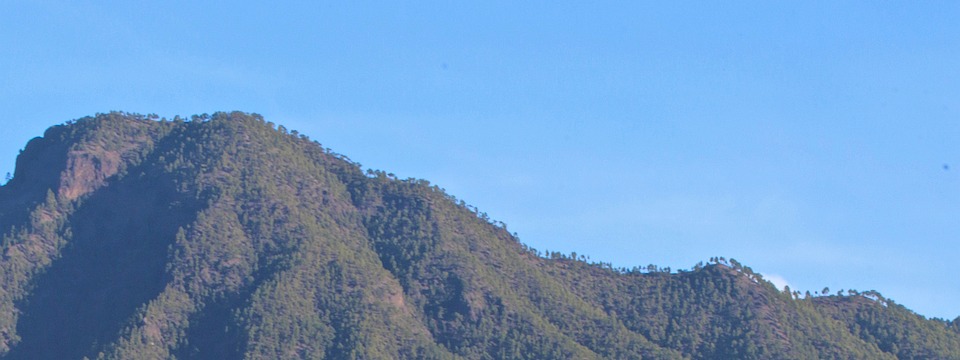
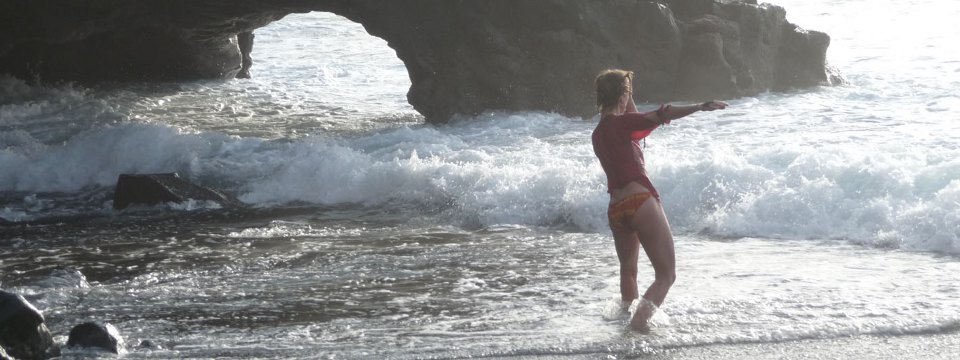
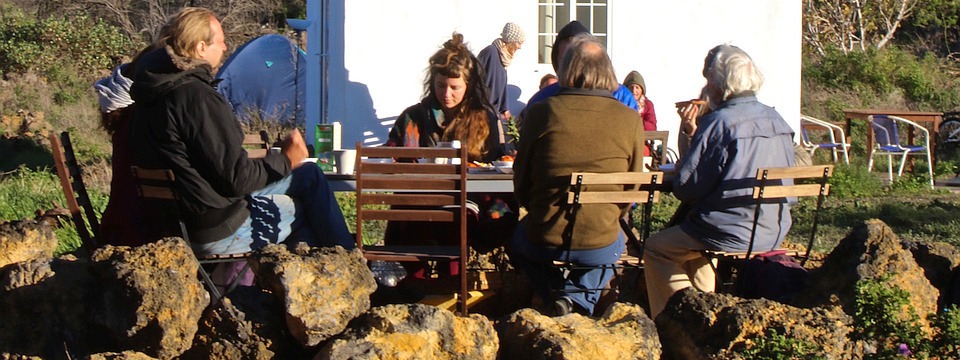
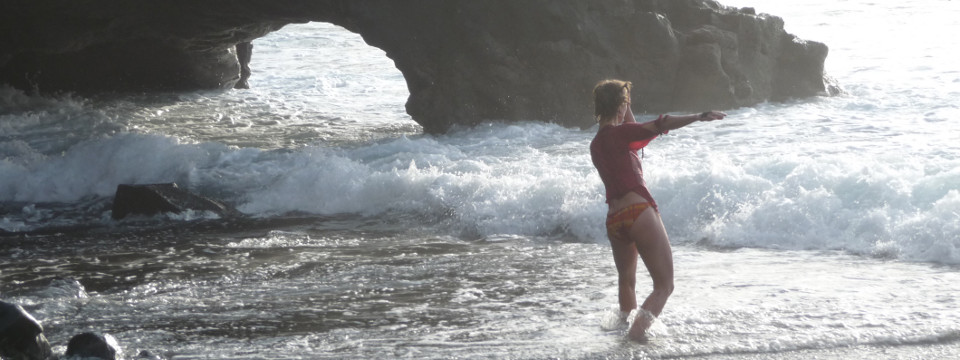
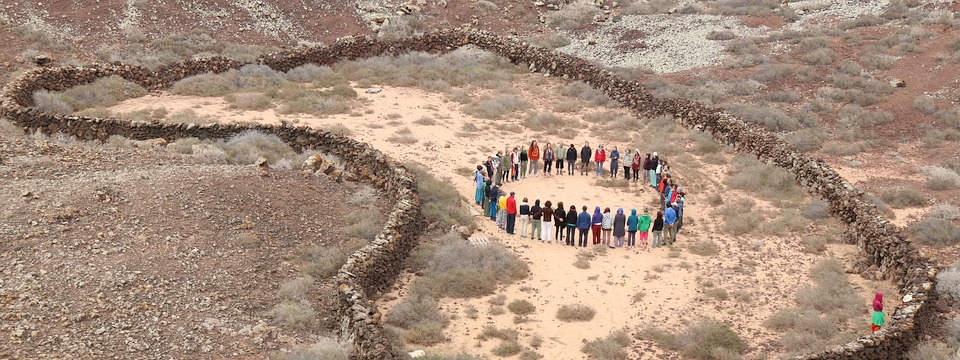

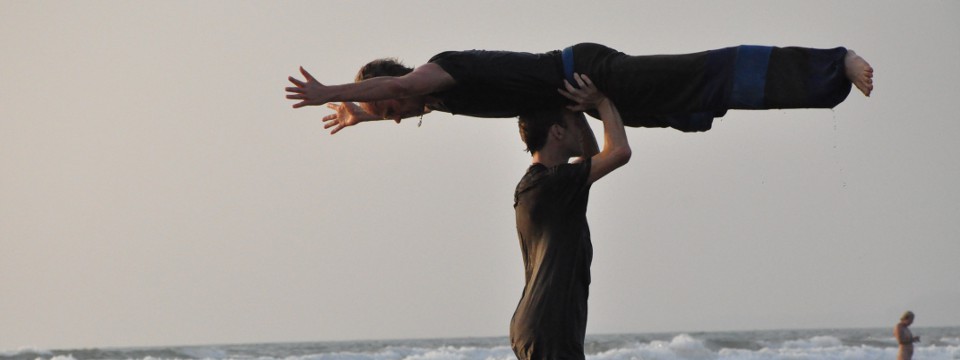
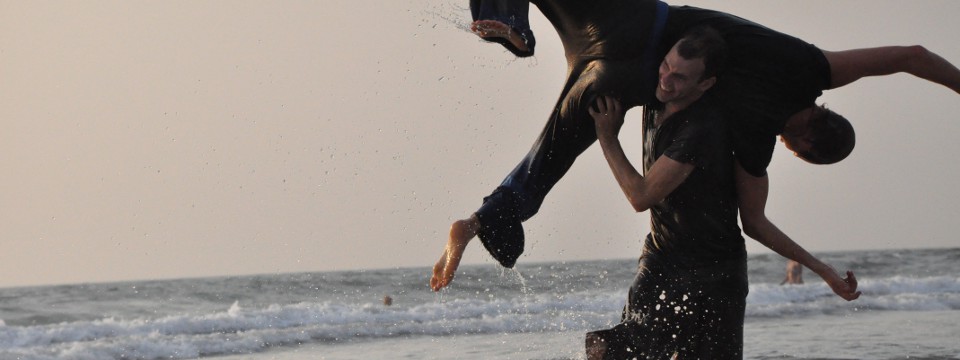
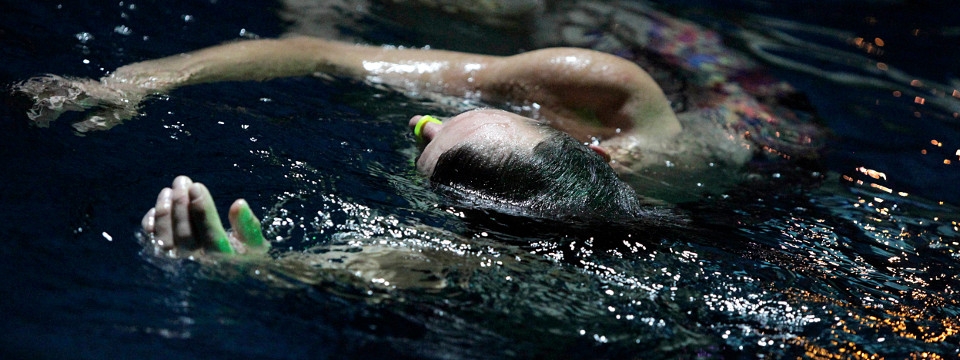
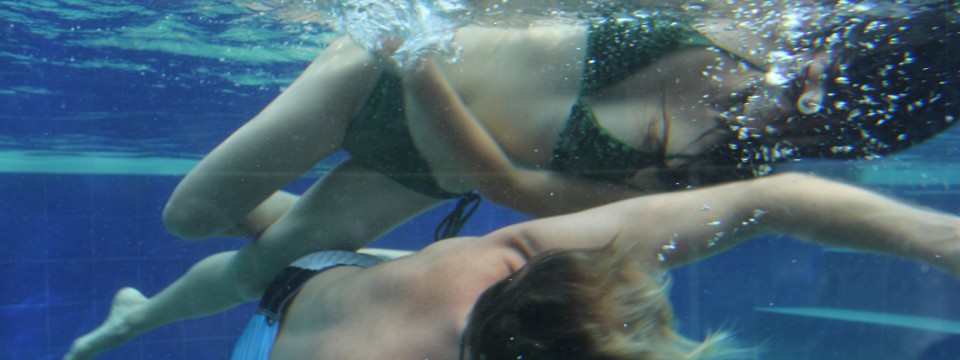
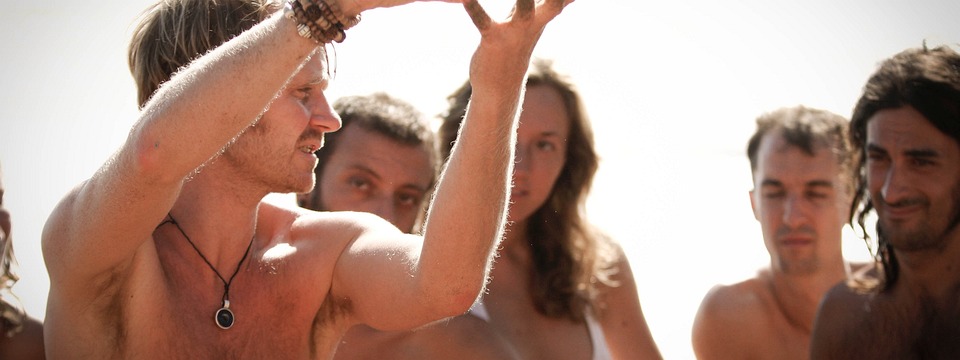

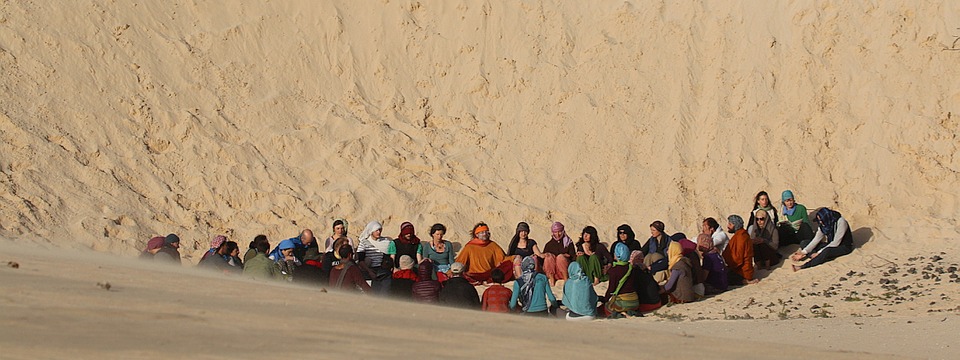
Herzlich willkommen!
Body-Mind-Presence beschäftigt sich mit Embodiment (Verkörperung), Lebendigkeit & Heilung und ist inspiriert von / verbindet Elemente aus:
- NARM™ – Neuroaffektives Beziehungsmodell
- Body-Mind Centering®
- Somatic Movement
- Körpersysteme: Faszien / Organe / Psoas / Flüssigkeiten u.a.
- Contact Improvisation – Tanzen – Singen – Sharing
- Nervensysteme / Selbst- & Co-Regulation
- Frühkindliche Bewegungsentwicklung
- Prä-, peri- und postnatale Trauma- und Körpertherapie
- Erforschen von Begegnung, Berührung & Kontakt
- Aquatic Motion & Bodywork
- Qigong & Tai Chi nach Mantak Chia
- Somatic Coaching
Das Anliegen von Body-Mind-Presence ist es, Fokus, Erfahrungsraum, Inspiration und konkretes Material für Verkörperung, Versinnlichung und Bewusstseinsentwicklung anzubieten. Hierfür orientieren wir uns vor allem an grundlegenden menschlichen Bedürfnissen wie Kontakt, Berührung, Bewegung, Einstimmung, Raum für Selbstentfaltung, Selbst- & Co-Regulation, Gemeinschaft, SINNlichkeit, …
Wir co-kreieren heilsame Räume, in denen wir mit liebevoller Aufmerksamkeit in den eigenen Körper hinein sinken und gespeicherte Erfahrungen und Eindrücke spürbar werden lassen, erlebte Dinge ,,verstoffwechseln”, unsere persönliche Kreativität in einer liebevollen Atmosphäre erforschen und den eigenen kreativen Bewegungsausdruck erweitern. Hierbei liegt der Fokus zum Beispiel auf unseren Nervensystemen, welche wir einladen, Stress und Spannungen zu entladen; oder auf dem Zusammenspiel von Organen, Faszien und weiterer tiefliegender Muskulatur im Bauchraum; oder auf der evolutionären und frühkindlichen Bewegungsentwicklung.
Achtsamkeit und das Berühren der verschiedenen Gewebeschichten helfen, die intuitive Körperintelligenz zu vertiefen und eigene Heilkräfte zu nähren.
Body-Mind-Presence ist für all jene, die einen Weg suchen, ihre persönliche Kreativität in einer liebevollen Atmosphäre zu erforschen und ihren eigenen kreativen Bewegungsausdruck erweitern wollen.
Die Inhalte der verschiedenen Angebote findest du im Kalender.
Um gelegentlich Informationen über unsere Veranstaltungen zu erhalten, abonniere gerne unseren

